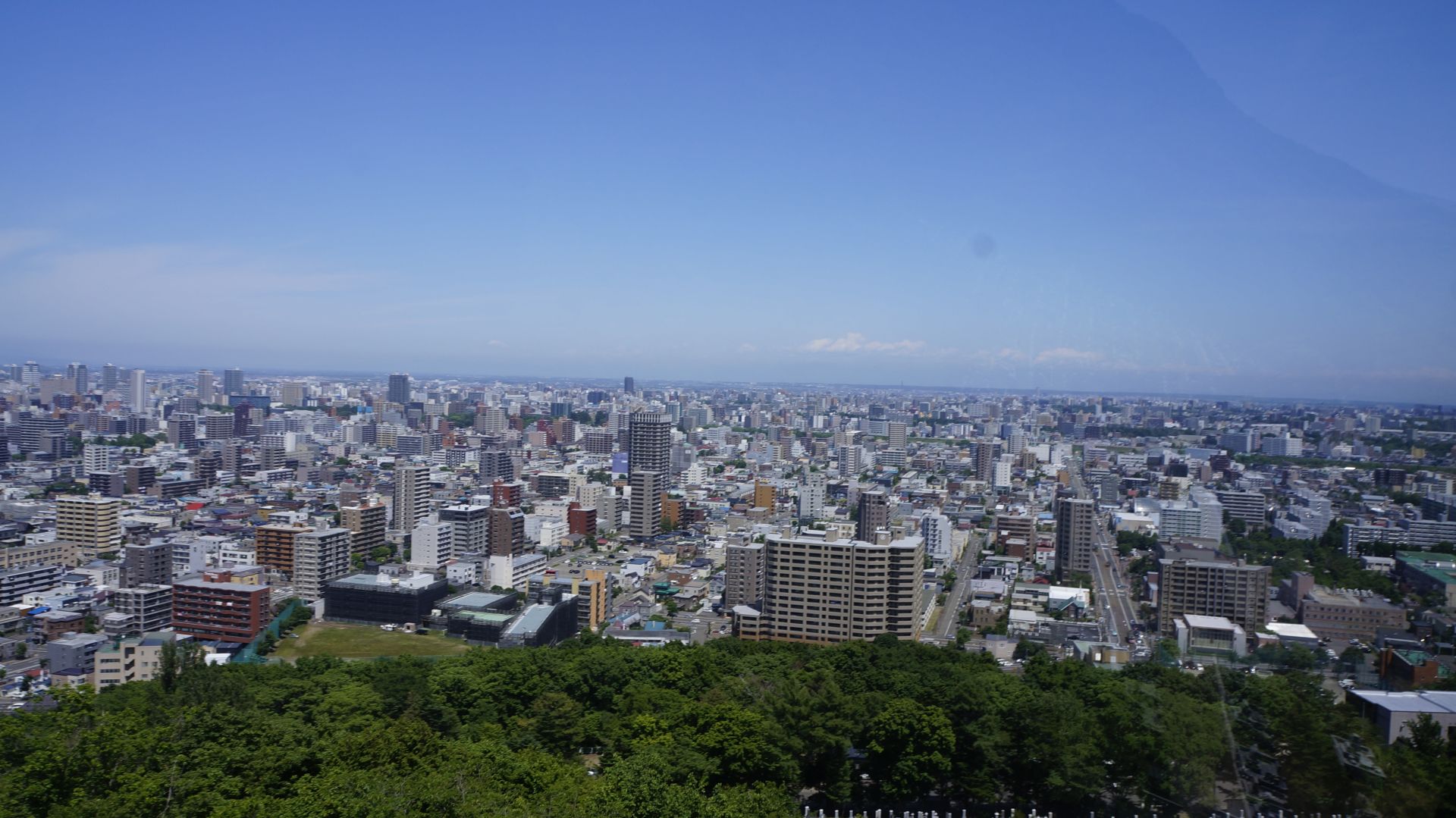A chenille patch and an embroidered patch are two of the most popular patch styles in apparel decoration, but each offers a different look and texture. While an embroidered patch is known for its detailed stitching, the chenille patch is recognized for its soft and fluffy yarn texture. Understanding the differences helps you choose the best option for sportswear, streetwear, uniforms, or custom fashion pieces. This guide compares both styles to help you pick the right one for your design needs.
Texture and Surface Appearance
The biggest difference between the two is the texture created by their stitching techniques.
• Chenille patches use looped yarn to create a soft, fuzzy surface
• Embroidered patches use tight thread stitching for crisp detail
• Chenille offers a bold, plush look
• Embroidery offers a precise, refined appearance
These textural differences create distinct visual styles suitable for different purposes.
Design Style and Visual Impact
Each patch type delivers a unique design effect based on how it is constructed.
• Chenille patch designs are bold, thick, and expressive
• Embroidered patch designs emphasize detail and clean lines
• Chenille is ideal for letters, numbers, and mascots
• Embroidery is ideal for intricate logos and art
Both styles enhance apparel, but their design strengths differ.
Best Uses and Applications
Depending on the purpose, one patch type may be better suited than the other.
• Chenille patches work best for varsity jackets and streetwear
• Embroidered patches suit uniforms, hats, and detailed branding
• Chenille looks striking on larger areas
• Embroidery works well even in small spaces
Choosing based on use ensures the patch complements the garment.
Material and Construction Differences
The materials and stitching techniques used create the distinct identities of the two patch types.
• Chenille uses thick yarn and a felt base
• Embroidery uses multiple thread types and a twill base
• Chenille construction creates a raised fluffy look
• Embroidery construction produces detailed, flat stitching
These materials contribute to the durability and appearance of each patch.
Color and Visual Depth
Color behaves differently on chenille and embroidery due to the surface texture.
• Chenille yarn supports strong, bold colors
• Embroidery thread offers precise and clean shading
• Chenille delivers soft, warm tones
• Embroidery provides sharp, vibrant details
Both patch types can use multiple colors, but the final look varies greatly.
Durability and Maintenance
Both patch options are durable, but their maintenance needs differ slightly.
• Chenille patches require gentle care to maintain texture
• Embroidered patches resist washing and friction well
• Chenille is best for outerwear and special items
• Embroidery works well for everyday clothing
Choosing the right patch helps maintain garment quality over time.
Choosing Between Chenille and Embroidery
Your choice depends on design purpose, level of detail, and clothing style. A chenille patch is perfect for bold, vintage, or textured designs, while an embroidered patch is ideal for precise logos or detailed artwork. Each offers its own charm, making it important to align the patch style with the garment and visual goal.





